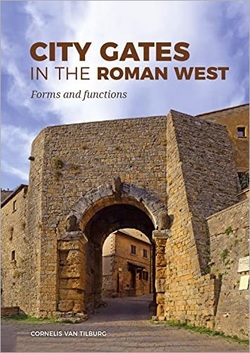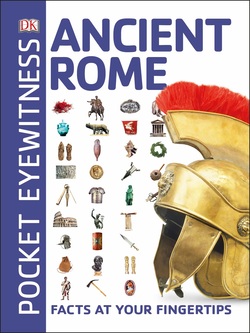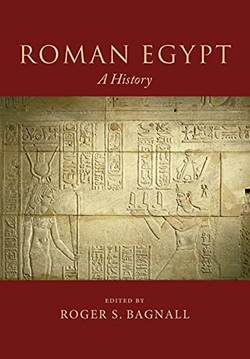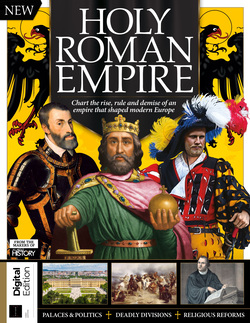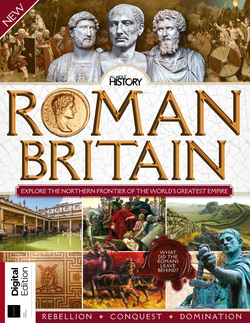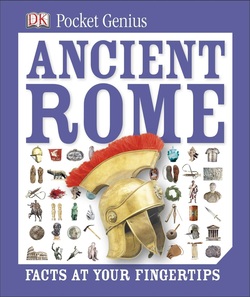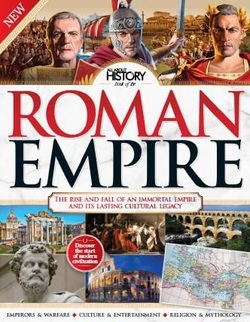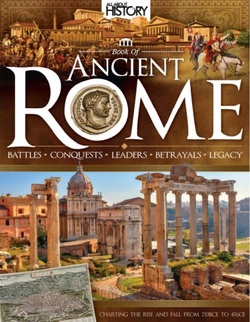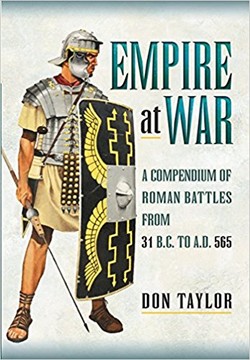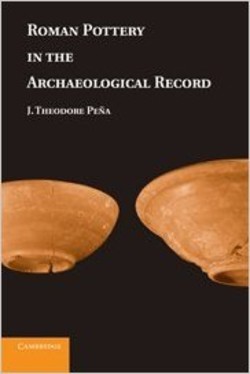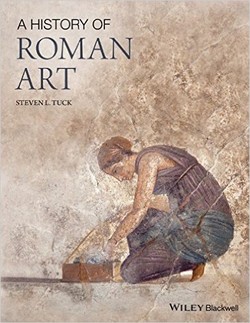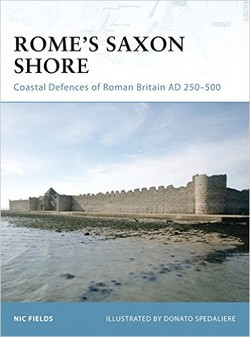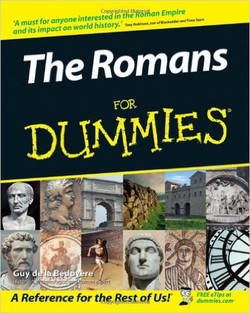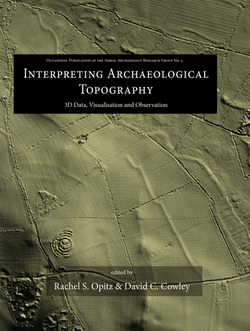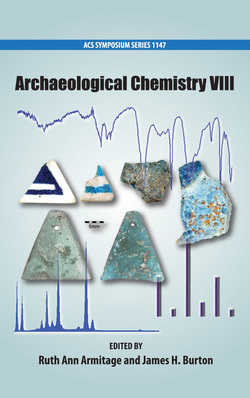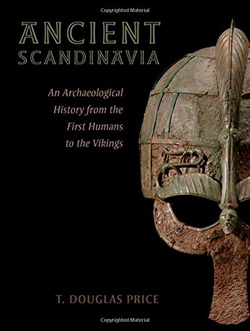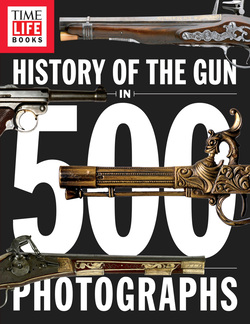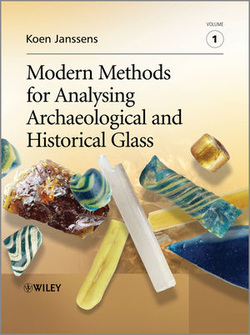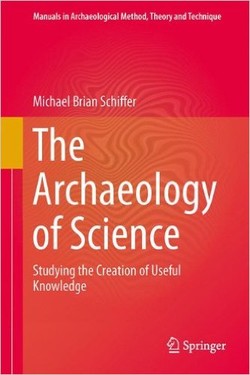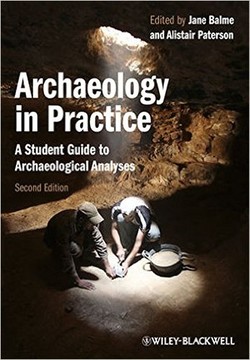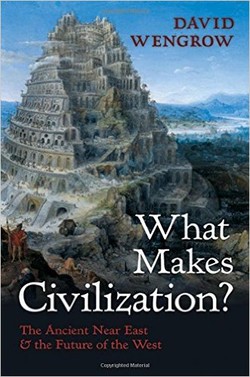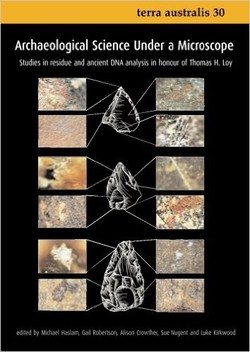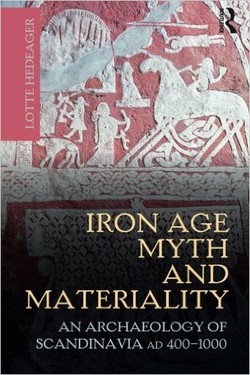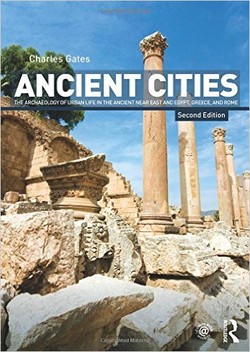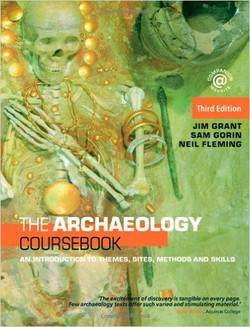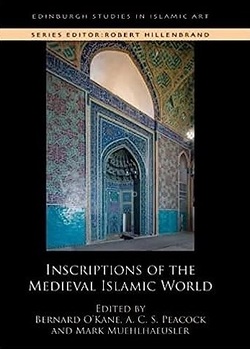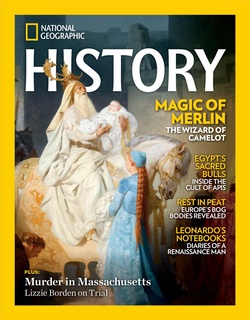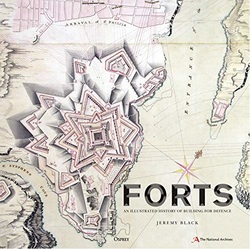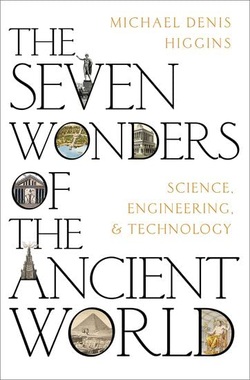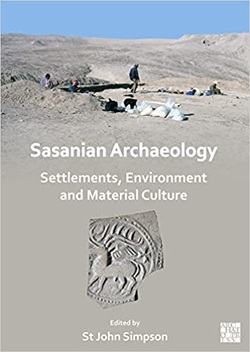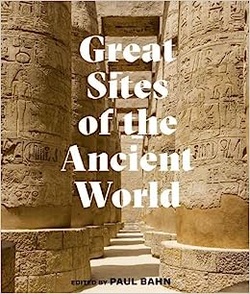روم غربی در سالهای 500-200 میلادی
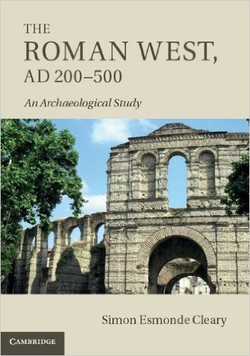
کتاب “روم غربی در سالهای 500-200 میلادی” به توصیف و آنالیز توسعه روم غرب از جبلالطارق تا راین میپردازد که در درجه اول بهجای شواهد متنی که اساس بیشتر مطالعات دیگر میباشد؛ از بدنه گسترده شواهد باستانشناسی منتشر شده استفاده میکند.
این توسعه، درون یک فرآیند طولانیمدتتر از تغییر قرار میگیرد، ارائه اواخر قرن دوم بهجای “بحران قرن سوم” بهعنوان نقطه عطف، اگرچه دومی، نتایج طولانیمدتتری باتوجه به توسعه افزایش اهمیت هویت نظامی داشتهاست.
درجای دیگر، بیشتر شکلهای “سنتی” از استقرار و جلوه پایدار شدهاند تا آنجا که واژگان مسیحیت اضافه شده است. همچنین به بررسی شواهد برای جنبههای ازجمله استقرار روستایی و الگوهای تعامل اقتصادی نیز میپردازد.
این توسعه، درون یک فرآیند طولانیمدتتر از تغییر قرار میگیرد، ارائه اواخر قرن دوم بهجای “بحران قرن سوم” بهعنوان نقطه عطف، اگرچه دومی، نتایج طولانیمدتتری باتوجه به توسعه افزایش اهمیت هویت نظامی داشتهاست.
درجای دیگر، بیشتر شکلهای “سنتی” از استقرار و جلوه پایدار شدهاند تا آنجا که واژگان مسیحیت اضافه شده است. همچنین به بررسی شواهد برای جنبههای ازجمله استقرار روستایی و الگوهای تعامل اقتصادی نیز میپردازد.
سال انتشار: 2013 | 547 صفحه | حجم فایل: 8 مگابایت | زبان: انگلیسی
The Roman West, AD 200-500: An Archaeological Study
نویسنده
Simon Esmonde Cleary
ناشر
Simon Esmonde Cleary
ISBN10:
0521196493
ISBN13:
9780521196499
قیمت: 16000 تومان
برچسبها: روم This book describes and analyses the development of the Roman West from Gibraltar to the Rhine, using primarily the extensive body of published archaeological evidence rather than the textual evidence underlying most other studies. It situates this development within a longer-term process of change, proposing the later second century rather than the 'third-century crisis' as the major turning-point, although the latter had longer-term consequences owing to the rise in importance of military identities. Elsewhere, more 'traditional' forms of settlement and display were sustained, to which was added the vocabulary of Christianity. The longer-term rhythms are also central to assessing the evidence for such aspects as rural settlement and patterns of economic interaction. The collapse of Roman imperial authority emphasised trends such as militarisation and regionalisation along with economic and cultural disintegration. Indicators of 'barbarian/Germanic' presence are reassessed within such contexts and the traditional interpretations questioned and alternatives proposed.
